The annual migration of birds remains one of nature's most captivating mysteries. Each year, billions of birds embark on incredible journeys, traversing thousands of miles across continents and oceans, only to return to the same nesting grounds with astonishing precision. How do these winged navigators find their way home across vast and often featureless landscapes? Scientists have spent decades unraveling this enigma, uncovering a complex interplay of innate instincts, environmental cues, and even celestial guidance.
For centuries, humans have marveled at the homing abilities of migratory birds. Early observers speculated that these creatures possessed some form of "internal compass" or followed invisible pathways in the sky. Modern research has revealed that the reality is far more sophisticated. Birds appear to utilize a multi-sensory navigation system that combines multiple wayfinding strategies, allowing them to adapt to changing conditions and overcome navigational challenges.
One of the most well-documented navigation tools in birds' arsenal is their ability to detect Earth's magnetic field. Specialized cells containing magnetite, a magnetic mineral, have been found in the beaks of some species, while others may process magnetic information through light-sensitive proteins in their eyes. This biological compass gives birds an innate sense of north and south, providing a constant reference point during their long journeys. Remarkably, young birds making their first migration appear to inherit this magnetic sensitivity genetically, though they refine their skills through experience.
The sun and stars serve as another critical navigation aid for migratory birds. Diurnal migrants track the sun's position across the sky, compensating for its movement throughout the day. Nocturnal travelers, on the other hand, navigate by the stars, particularly the rotation of constellations around Polaris, the North Star. Experiments with captive birds in planetariums have demonstrated their ability to orient themselves using celestial patterns, adjusting their "flight" direction when researchers manipulated the artificial night sky.
Landmarks and olfactory cues add further layers to birds' navigation toolkit. Coastal species often follow shorelines, while others use mountain ranges or river valleys as visual guides. Some seabirds can detect subtle variations in ocean smells that indicate proximity to land or productive feeding areas. Even infrasound—low-frequency sounds produced by ocean waves or wind over mountains—may help birds orient themselves across great distances. This multi-modal navigation system provides redundancy, ensuring birds can still find their way if one cue becomes unavailable.
The role of memory and learning in avian navigation cannot be overstated. Experienced migrants demonstrate more precise routes than first-year birds, suggesting that knowledge of stopover sites and local landmarks improves with each journey. Some species, like homing pigeons, create cognitive maps of their environment, allowing them to navigate from unfamiliar locations back to their lofts. This spatial memory appears linked to specialized neurons in the hippocampal region of their brains, similar to those found in mammals.
Climate change and human activity are presenting new challenges to migratory birds. Light pollution disrupts celestial navigation, while electromagnetic noise from urban areas may interfere with magnetic sensing. Habitat loss along migration routes eliminates crucial stopover points where birds rest and refuel. Understanding how birds navigate has taken on new urgency as conservationists work to protect these remarkable travelers and the ecosystems that depend on their annual journeys.
Recent technological advances have opened new windows into the secret lives of migratory birds. Miniature tracking devices now allow scientists to follow individual birds across entire migrations, revealing previously unknown stopover sites and flight paths. Genetic studies are uncovering how different populations have evolved distinct migratory routes and timing. Each discovery adds another piece to the puzzle, yet the complete picture of avian navigation continues to elude us, reminding us how much we still have to learn from nature's master navigators.
The mystery of how birds find their way home speaks to something profound in the human experience—our own longing for orientation in a vast world. As research continues to decode the sophisticated systems that guide these feathered wayfarers, we gain not only scientific knowledge but also a deeper appreciation for the intricate connections between all living things and the planet we share.

By /Aug 4, 2025
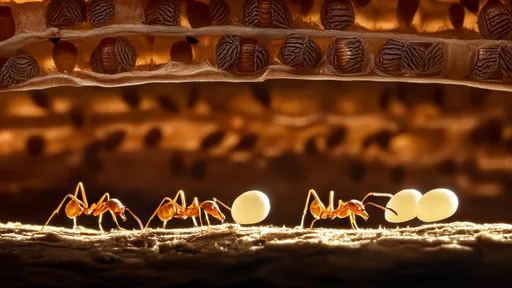
By /Aug 4, 2025
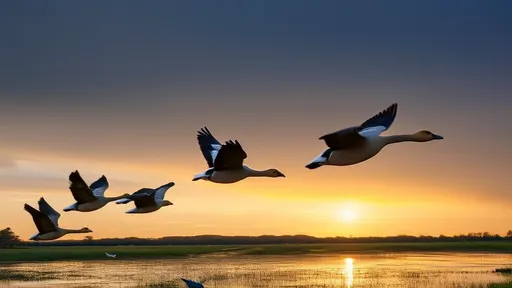
By /Aug 4, 2025
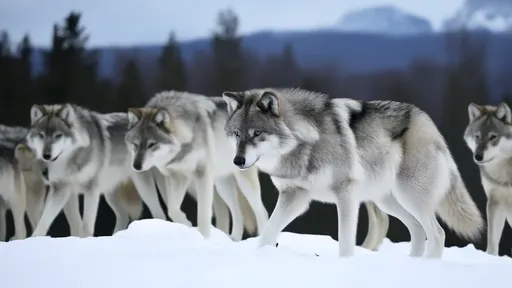
By /Aug 4, 2025

By /Aug 4, 2025
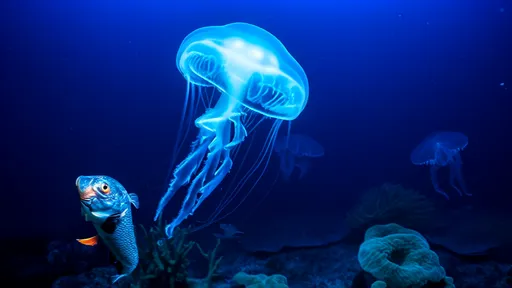
By /Aug 4, 2025
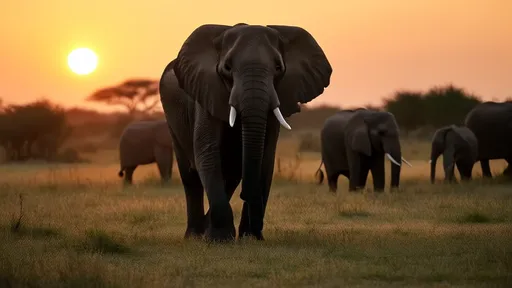
By /Aug 4, 2025
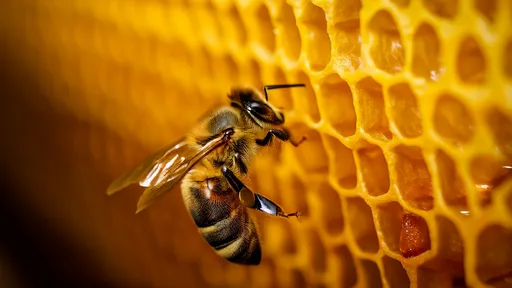
By /Aug 4, 2025

By /Aug 4, 2025
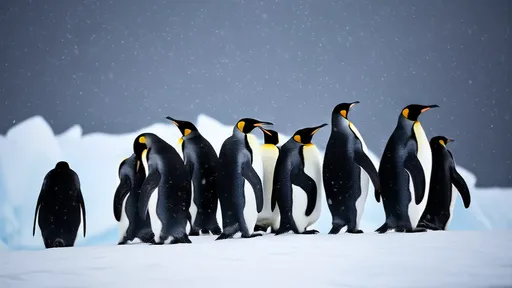
By /Aug 4, 2025
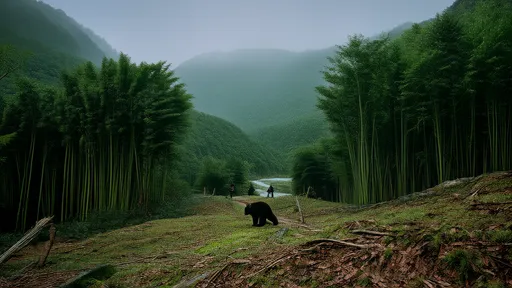
By /Aug 1, 2025

By /Aug 1, 2025

By /Aug 1, 2025
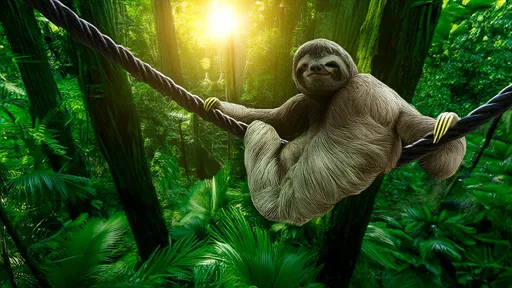
By /Aug 1, 2025
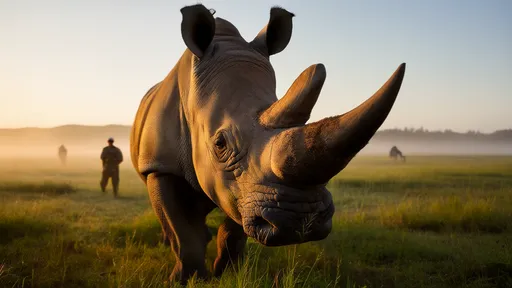
By /Aug 1, 2025
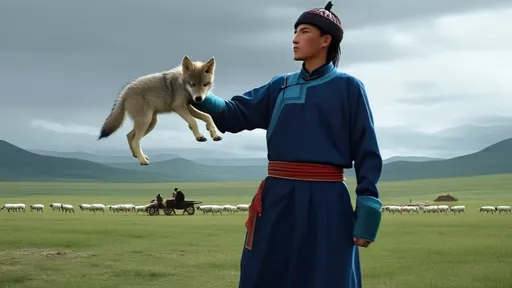
By /Aug 1, 2025

By /Aug 1, 2025
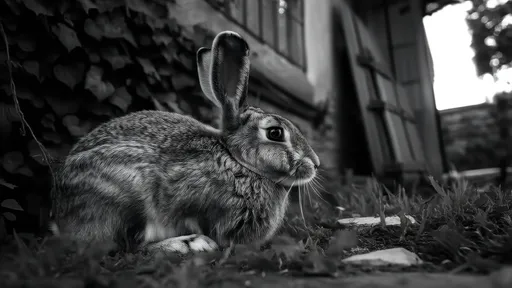
By /Aug 1, 2025

By /Aug 1, 2025
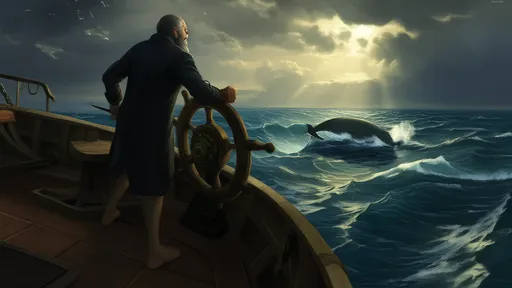
By /Aug 1, 2025